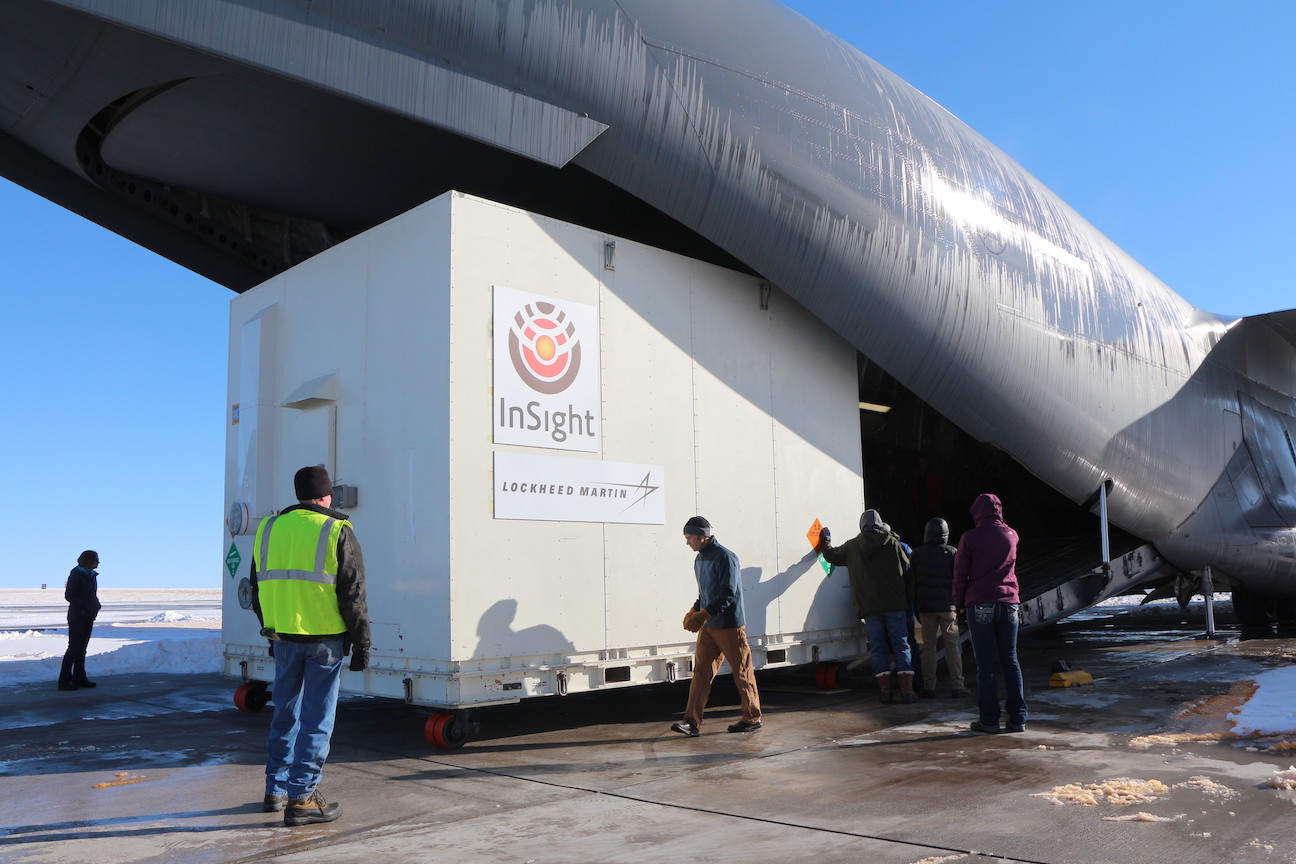
Update: Just after this article was published, it was announced that there may be a launch delay due to the problem with a vacuum leak in the seismometer instrument. Today, NASA has officially announced at a media teleconference that the mission has now been postponed, for at least two years, since the leak cannot be repaired in time for the planned launch in March 2016.
“Learning about the interior structure of Mars has been a high priority objective for planetary scientists since the Viking era,” said John Grunsfeld, associate administrator for NASA’s Science Mission Directorate in Washington. “We push the boundaries of space technology with our missions to enable science, but space exploration is unforgiving, and the bottom line is that we’re not ready to launch in the 2016 window. A decision on a path forward will be made in the coming months, but one thing is clear: NASA remains fully committed to the scientific discovery and exploration of Mars.”
“The JPL and CNES teams and their partners have made a heroic effort to prepare the InSight instrument, but have run out of time given the celestial mechanics of a launch to Mars,” said JPL Director Charles Elachi. “It is more important to do it right than take an unacceptable risk.”
“It’s the first time ever that such a sensitive instrument has been built. We were very close to succeeding, but an anomaly has occurred, which requires further investigation. Our teams will find a solution to fix it, but it won’t be solved in time for a launch in 2016,” said Marc Pircher, Director of CNES’s Toulouse Space Centre.
——————
NASA’s next Mars-bound spacecraft, InSight, has taken another step closer to launch, with the arrival of the lander at Vandenberg Air Force Base in California. InSight will focus on examining Mars’ interior for further clues to the planet’s evolution and geological history, as well as other rocky planets.
InSight was delivered to Vandenberg on Dec. 16, from Buckley Air Force Base in Denver.
“InSight has traveled the first leg of its journey, getting from Colorado to California, and we’re on track to start the next leg, to Mars, with a launch in March,” said InSight Principal Investigator Bruce Banerdt, of NASA’s Jet Propulsion Laboratory, Pasadena, Calif.
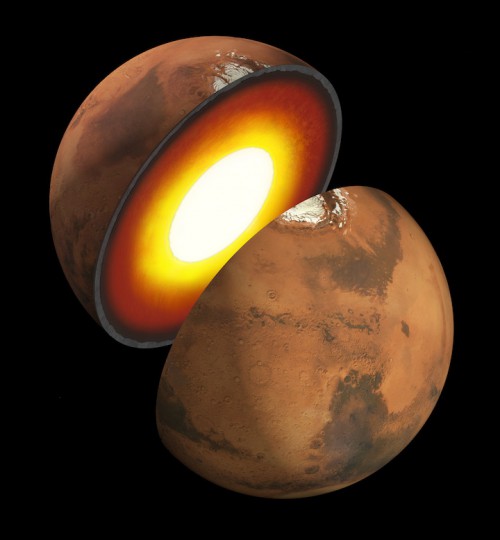
The work still ahead includes installation and testing of the seismometer, the Seismic Experiment for Interior Structure (SEIS), which will be delivered to Vandenberg in January. The seismometer comes from the French Space Agency (CNES). Three highly sensitive seismometers are enclosed within a sealed sphere.
As reported previously on AmericaSpace, the vacuum leak was being examined tested; everything needs to be ready for a launch window of March 4-30. The rest of the payload, including the Heat Flow and Physical Properties Package (HP3) from Germany, has already been installed on the spacecraft. Fixing the leak is necessary for the lander to complete all of its science objectives.
Previous landers and rovers have focused on studying Mars’ surface and atmosphere, but InSight will look downward, examining the interior of Mars. Design-wise, it is similar to the Mars Phoenix Lander, which landed near the Martian north pole in 2007. InSight will study rocks deeper down, which will help scientists better understand the geological history of not only Mars, but other rocky planets as well, perhaps even rocky exoplanets. Instead of roving around, InSight will stay in one place and look deep underground.
InSight will be the first mission to Mars to permanently place instruments into the ground using a robotic arm. The two instruments include the seismometer and a heat-flow probe. The seismometer will measure tiny marsquakes which cause microscopic movements of the ground, which will help scientists better understand the interior of Mars. The heat-flow probe measures heat coming from the planet’s interior and will hammer itself about 3 to 5 meters (16 feet) deep into the ground. Even the radio can be used to measure wobbles in the planet’s rotation and environmental instruments to monitor weather and changes in the magnetic field. And, of course, there will be cameras—two of them.
The instruments on InSight include:
- Grapple – Mechanism at the end of the IDA that grips the instruments during deployment
- Heat Flow Probe – Hammering mechanism that pulls the temperature sensors down into the regolith
- HP3 – Heat Flow and Physical Properties Package, the heat flow experiment
- IDC – Instrument Deployment Camera, pointable medium-resolution camera
- IDA – Instrument Deployment Arm
- ICC – Instrument Context Camera, fixed wide-angle camera
- Pressure Inlet – Wind-shielded opening for pressure sensor
- RISE Antenna – X-band radio antenna for the Rotation and Interior Structure Experiment
- SEIS – Seismic Experiment for Interior Structure, the seismometer
- Tethers – Cables carrying electrical power, commands and data between the lander and instruments
- TWINS – Temperature and Winds for InSight, environmental sensors
- UHF Antenna – Antenna used for communication with orbital relay spacecraft
- WTS – Wind and Thermal Shield protecting the seismometer from the environment
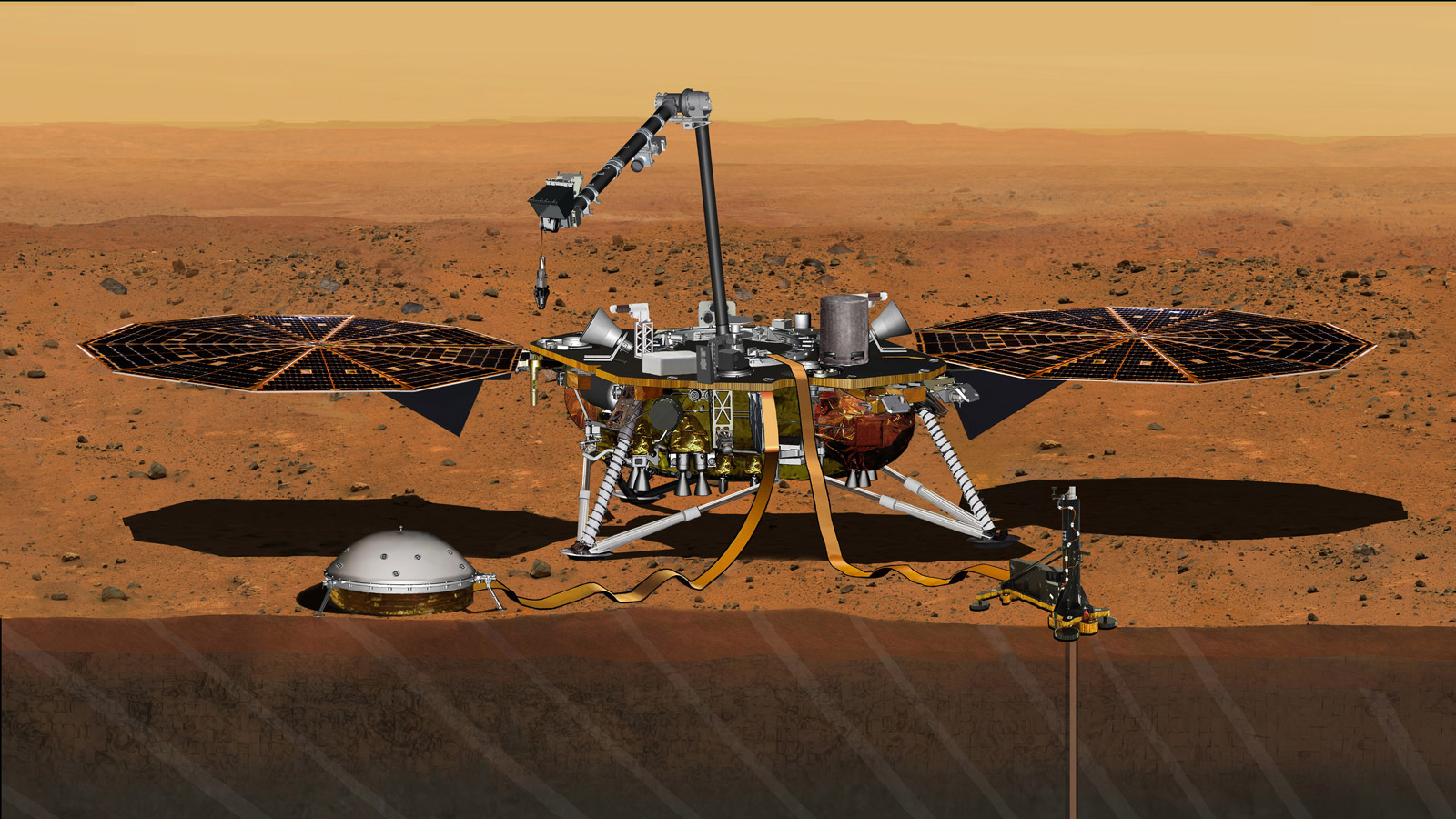
Goals of the mission include:
- Determine the size, composition, physical state (liquid/solid) of the Martian core
- Determine the thickness and structure of the Martian crust
- Determine the composition and structure of the Martian mantle
- Determine the thermal state of Mars’ interior
- Measure the magnitude, rate and geographical distribution of Mars’ internal seismic activity
- Measure the rate of meteorite impacts on the surface of Mars
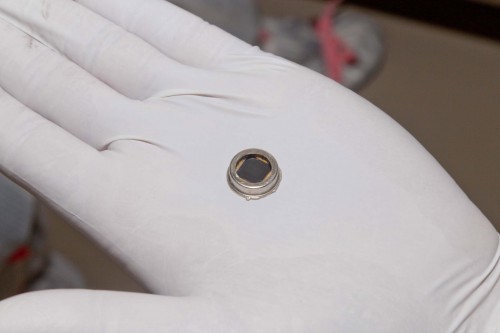
From the mission website:
“InSight’s primary objective will be to uncover how a rocky body forms and evolves to become a planet. Generally, a rocky body begins its formation through a process called accretion. As the body increases in size, its interior heats up and melts. As it subsequently cools and recrystallizes it evolves into what we know today as a terrestrial planet, containing a core, mantle and crust. While all of the terrestrial planets share similar structures and their bulk compositions are roughly the same as the meteoritic material from which they were formed, they are by no means uniform. Each of the terrestrial planets reached their current formation and structure through a process known as differentiation, which is poorly understood. InSight’s goal will be to solve the mystery of differentiation in planetary formation – and to bridge the gap of understanding that lies between accretion, and the final formation of a terrestrial planet’s core, mantle, and crust.”
InSight will be the first Mars mission which will permanently place instruments into the ground, including the seismometer and a heat-flow probe. The seismometer will look for tiny marsquakes while the heat-flow probe will measure heat coming from the planet’s interior. The heat-flow probe is designed to hammer itself about 3 to 5 meters (16 feet) deep into the ground.
Another addition to the spacecraft will be a microchip which contains the names of about 827,000 people worldwide who participated in an online “send your name to Mars” last August and September. InSight will also be the first Mars spacecraft ever launched from California.
The Curiosity rover, meanwhile, continues its close-up study of Martian sand dunes, the first time this has ever been done. Smaller sand drifts have been seen by all of the previous landers and rovers, but the much larger dunes are a spectacular sight when seen on the ground. The dune called Namib Dune, where Curiosity still is right now, is a massive wall of sand that reaches 13 feet (4 meters) tall. The dunes themselves are in turn covered by many finely-etched sand drifts.
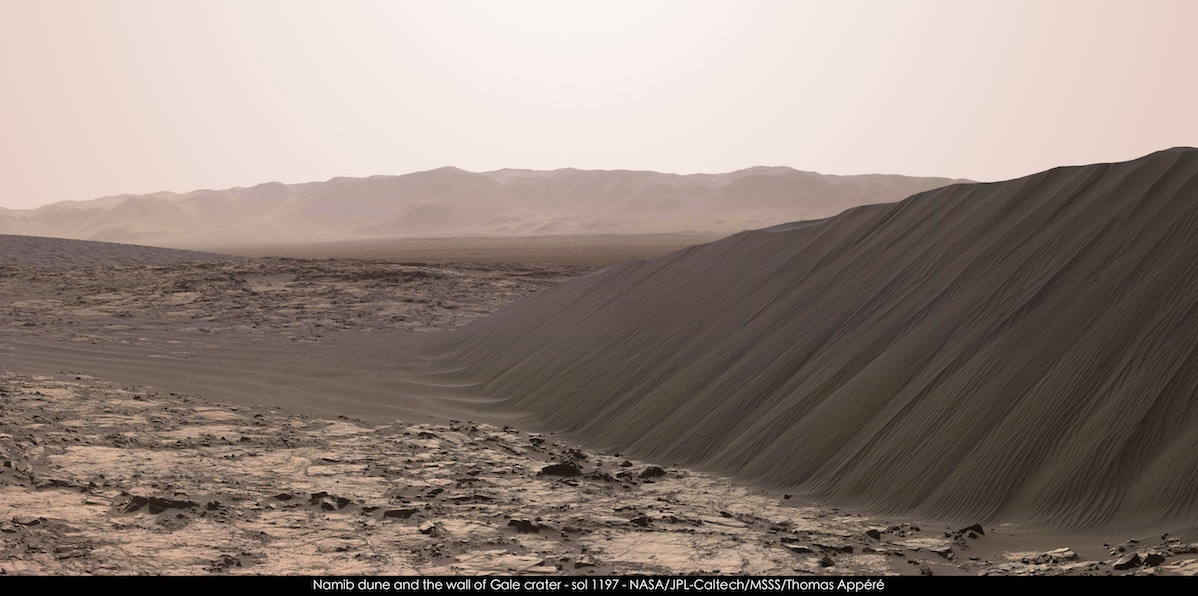
According to Nathan Bridges of the Johns Hopkins University’s Applied Physics Laboratory, Laurel, Md., “These dunes have a different texture from dunes on Earth. The ripples on them are much larger than ripples on top of dunes on Earth, and we don’t know why. We have models based on the lower air pressure. It takes a higher wind speed to get a particle moving. But now we’ll have the first opportunity to make detailed observations.”
The darker-colored dunes stand out very noticeably against the surrounding terrain, especially when seen from orbit. While very similar to dunes on Earth, it is also a bit surprising how they can form as tall as they are, with such steep sides, in the thin Martian air.
After the dunes, Curiosity will continue heading towards the foothills of Mount Sharp, with their very scenic mesas and buttes. Almost like being in Arizona, except, of course, it’s Mars.
More information about the InSight mission is available here.
Be sure to “Like” AmericaSpace on Facebook and follow us on Twitter: @AmericaSpace
.
Missions » InSight »



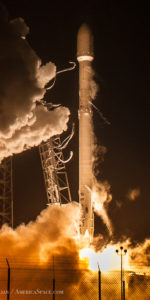
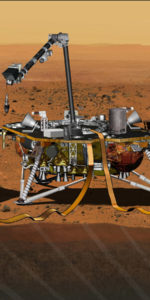
Nope.
Flight delayed until next window.
Yea and this published just as we saw the announcement
It appears too, that the delay is not 100% yet, they have a week or so to fix the leak before there is no choice but to delay, article updated accordingly
It’s final, it seems. They seem to have made up their mind to delay to the next launch windows, according to the press conference happening right now.
Now they are reporting it may NEVER launch?